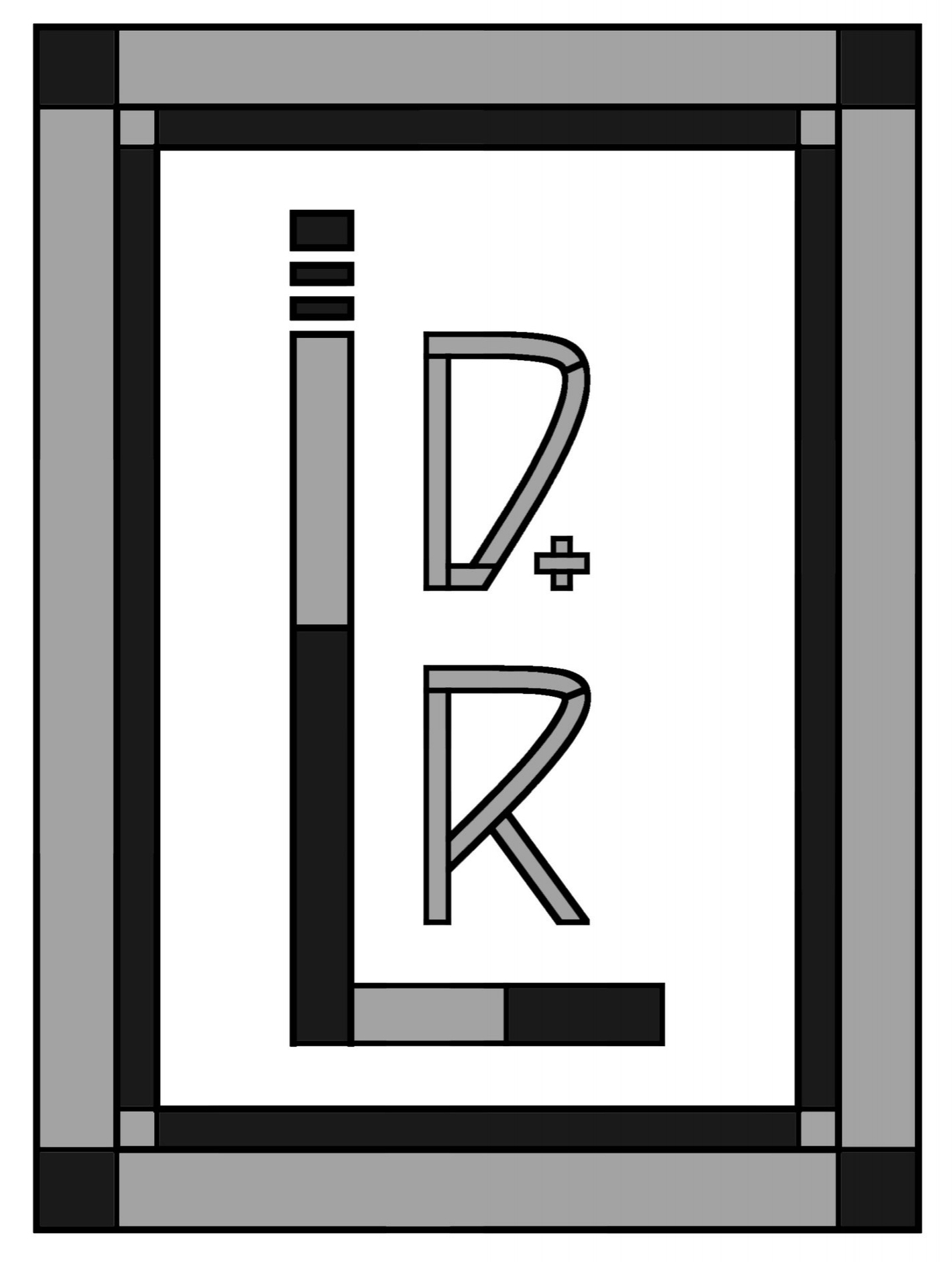We are researching the life and work of John Mallon. You can visit the Table of Contents here.
Given their age and lack of documentation, Mallon windows are not easy to find. So imagine our joy when we located what may be Mallon glass at the Dominican Sisters of San Rafael.
The motherhouse stood for just over 100 years before it was heavily damaged by fire.
Title: Dominican Convent, San Rafael, California, circa 1908 [postcard]
Date: circa 1908
Collection: General Collection
Owning Institution: Marin County Free Library
Source: Calisphere
Date of access: July 28 2018 22:12
Permalink: https://calisphere.org/item/ark:/13030/kt287035cv/
Built in 1889, these windows were created for the Sisters' motherhouse in San Rafael, California. Unfortunately the building was destroyed by fire in 1990 and subsequently replaced with separate convent and administrative buildings. Within the new administrative building you will find the Sisters' Heritage Room.
Please consider visiting the Heritage Room or donating to the congregation. Lovingly curated by their archivist, Sister Patricia Corr, the Heritage Room holds artifacts of the congregation's interesting and vital history, including windows possibly created by Mr. Mallon himself.
The Heritage Room is filled with cherished items saved from the heavily damaged motherhouse. On either side are the colorful, arched stained glass panels attributed to John Mallon. Previously situated in the motherhouse sacristy the windows live up to their significance: generous with color, jewels, textured roundels, and striking grisaille details, they articulate ecclesiastical patterns and Victorian order and charm all at the same time.
Tap the photos below to view the Heritage Room windows.
Visit Cappy Thompson's page to get an idea of how the artist may have achieved the windows' effects. In the case of the Sisters' windows, rather than hand painted in the grisaille fashion the bold black patterns appear stenciled onto the glass. This would have been the artist's choice of industry over artistry: given the period within the second Industrial Revolution, and that Mallon's studio likely had a substantial project pipeline, he probably developed or adopted processes - like stenciling vs. hand painting - to increase productivity. Once the stencils were applied the panes would have been kiln fired to fuse the enamel paint onto the glass. Prior to that the artist likely "stained" the glass by painting the various colors onto the panes followed by an initial firing. The artist also likely created their own roundels by firing glass in round, textured molds.
In addition to the windows in the Heritage Room there may reside another Mallon window on the Sister's property. In fact this particular window provides pretty good evidence of Mallon's work.
Transom window
Oregon window from the San Diego Hall of Justice commission 1889 | Courtesy: Superior Court of California, County of San Diego
A short stroll from the Heritage Room you'll find a transom window that once graced the front entry to the old motherhouse. Here it sits for safekeeping. Interestingly this window bears some similarity to another set of Mallon windows, also produced in 1889, for the San Diego Hall of Justice. Note the foliate scrolls, jewels, and the central seal in the Sisters' window, and compare those details to the Oregon window pictured here.
Not only do they both include the jeweled and delicate foliate elements, but they also feature central seals symbolizing the windows' subjects. In the case of the motherhouse window, the seal shows the Dominican Sisters' ecclesiastical heraldry. At the center of the other window you will find a depiction of the Oregon state seal. For the Oregon window it is believed Mallon used a process he patented that same year in which image transfers were fused to the glass by kiln firing, then painted with colored enamels and fired again. Is it possible the same process was utilized for the motherhouse seal?
Determining whether windows were produced by John Mallon will continue to take some sleuth work. This visit to the Dominican Sisters of San Rafael was beneficial in potentially identifying some techniques inherent to Mallon as well as affirming his attribution. At the very least the Sisters are safeguarding some beautiful, noteworthy windows.
© 2018 Lucas Stained Glass Design + Restoration

![The motherhouse stood for just over 100 years before it was heavily damaged by fire.Title: Dominican Convent, San Rafael, California, circa 1908 [postcard]Date: circa 1908Collection: General CollectionOwning Institution: Marin County Free LibrarySou…](https://images.squarespace-cdn.com/content/v1/5955c00c2cba5e1a1df2b943/1532816231158-2E6SDDKTMETFGRBP3ZVC/general_11_large.jpg)




